How to Add Water to Your Aquarium and Feed Saltwater Fishes
Refilling Your Aquarium

Your aquarium may have a high-quality “sump” filter, located inside the cabinet stand.
This sump is open and accessible. Fill the sump reservoir up to the “full” line.
If too much water evaporates from the aquarium, bubbles will shoot from the filter tubes and cause algae to grow on the glass within mere hours.
At your request, Living Waters Aquariums & Ponds provides refillable jugs with tight lids and comfortable handles. This will make refilling easier.
We recommend you slowly pour water into the sump to fill your aquarium.
(Alternatively, pour water into the display aquarium, albeit at a slower rate)
What kind of water do you use in a fish tank?
For saltwater aquariums, use reverse osmosis filtered or distilled water.
Refill a freshwater aquarium with dechlorinated tapwater.
To dechlorinate tapwater, add 2 drops per gallon of Seachem Prime.
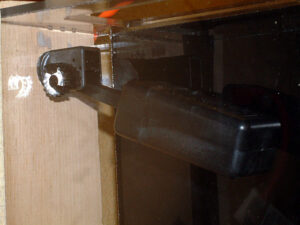
How do I refill my fish tank with auto top-off?
Virtually all sumps can be outfitted with an auto top-off valve.
This accessory will stabilize your mineral levels. Your aquarium will have ionic balance.
This option is highly-recommended for reef aquariums.
Living Waters Aquariums & Ponds installs auto top-off valves starting at $149.
For spotless Palaudariums & Marine aquaria, we offer full purification services for tap-water.
How do you feed frozen Fish Food?
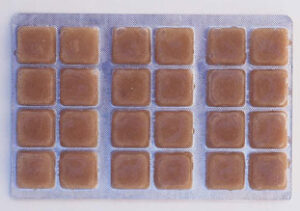 All saltwater fish thrive on whole foods. But some saltwater fish require more than pellets or flakes.
All saltwater fish thrive on whole foods. But some saltwater fish require more than pellets or flakes.
Our method of feeding fish flakes and pellets during the weekdays is convenient, it is very easy to supplement your fish’s diets with prepared frozen foods.
The preferred frozen foods are sold in blister packs and shaped like mini-ice cubes.
Frozen foods should be fed twice-weekly (i.e. Mondays & Fridays)
Unless you have an automatic feeder, we suggest your frozen feedings entirely replace the pellet/flake feedings on frozen food day.
We recommend feeding these cubes by one of three methods:
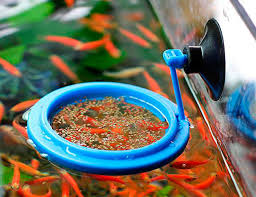
High-flow aquariums with peaceful fish
Living Waters Aquariums & Ponds installs convenient feeding stations or simple feeding rings in turbulent aquaria. These devices prevent food from being swept into the overflow or strainer. If your aquarium has an overflow box, we recommend you carefully drop frozen food cubes into a feeding ring.
Basic aquariums with peaceful fish
In some aquariums you may simply drop frozen cubes into the aquarium. The fish will quickly learn to pick apart the frozen food and often share it amongst each other.
Aquairums with aggressive eaters
If your aquarium contains aggressive eaters such as grouper and trigger fishes, we recommend you thaw the frozen food in a cup filled partway with filtered water or aquarium water. Allow the cube(s) to thaw for approximately 15 minutes, then swirl the cup gently to break apart the food. When you pour this thawed mixture into the aquarium, all fish will have a chance to feed before the food is swept into the filter.
How to feed seaweed to Tangs and other fish
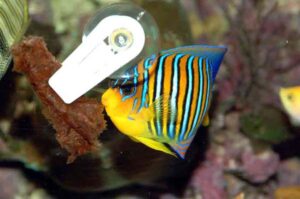 Feed a generous amount of seaweed to your tang, scat and butterfly fish each Friday.
Feed a generous amount of seaweed to your tang, scat and butterfly fish each Friday.
Damsels, chromis & clownfish, as well as angelfish, triggerfish, some goby, blenny and some wrasse may also pick at seaweed.
Feed seaweed IN ADDITION TO frozen or flake/pellet feedings.
We recommend feeding seaweed as a supplement because it is intended for grazing.
To feed, simply clip the seaweed to a provided clip and drop (or fasten) the clip in the aquarium away from overflows and strainers.
Your seaweed clips may be removed the following Monday or remain in the aquarium until the next cleaning.

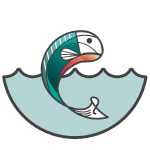
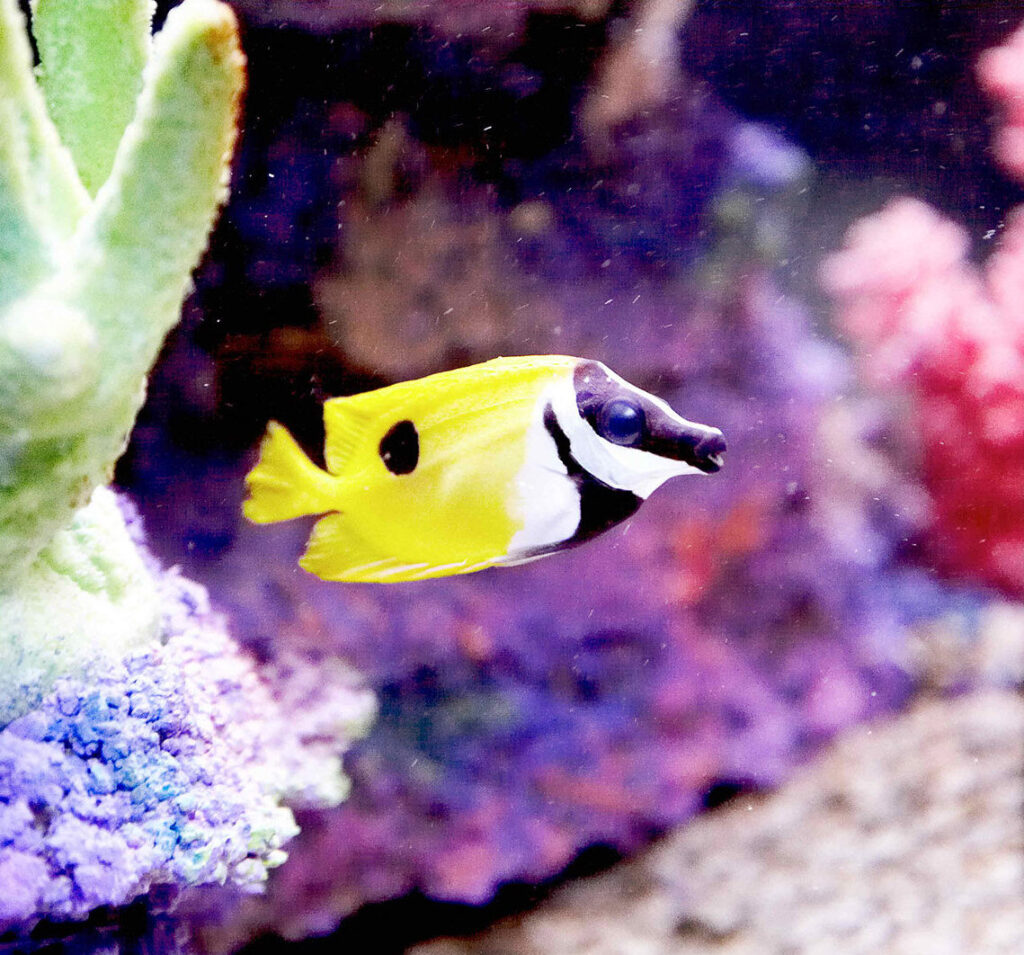
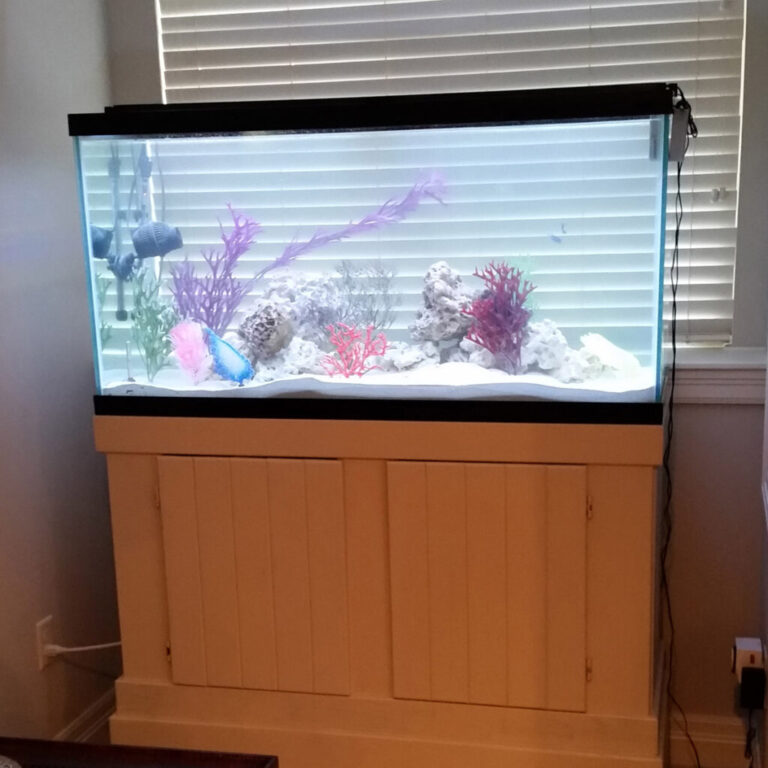
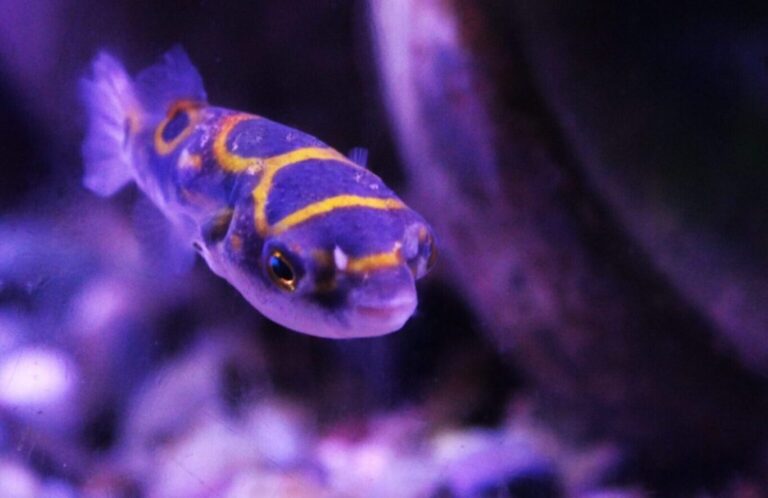
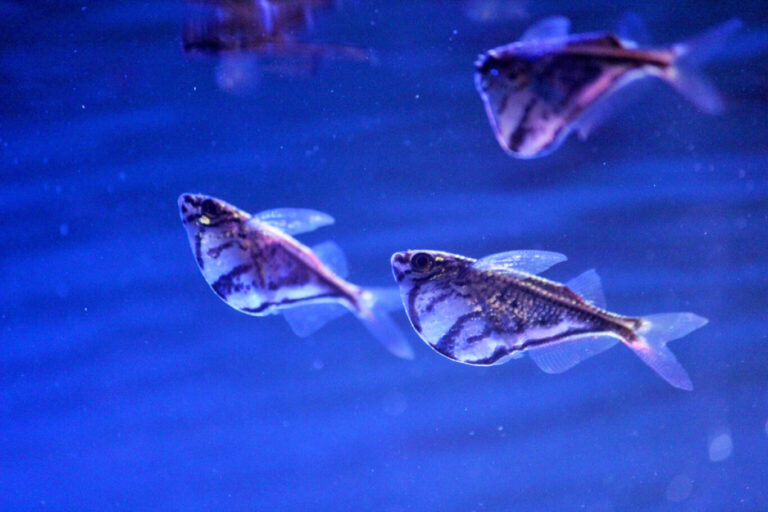
One Comment
Comments are closed.